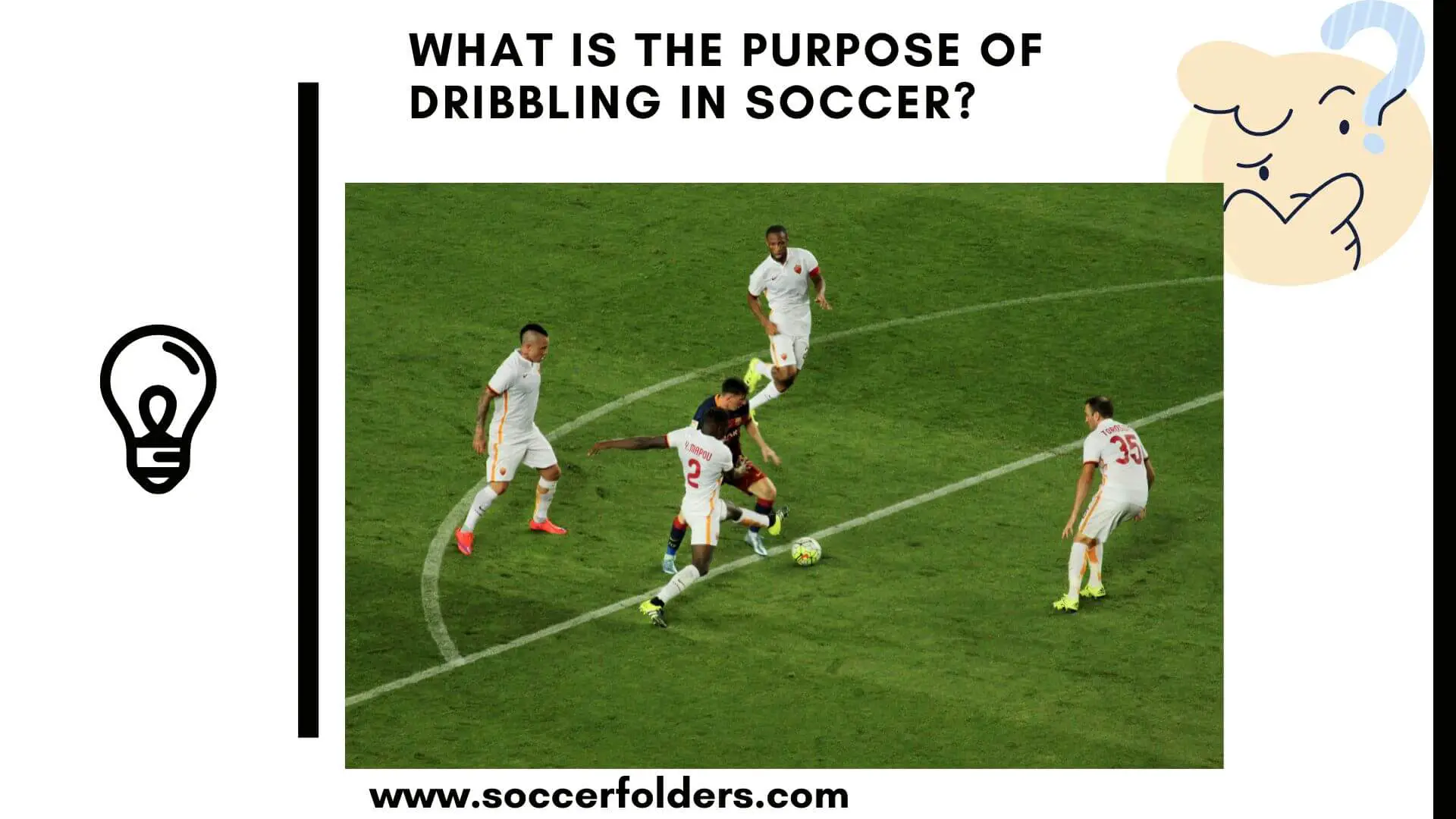Dribbling is something very simple to do but difficult to master because there is no correct way to do it. For example, when you play a video game, everybody has a different approach to how to win. But, everyone uses the same controller. It’s the same thing with dribbling, everybody has a different style of dribbling but they all use the same technique. But, what is the purpose of dribbling in soccer?
This is what you are going to find out in this article.
Quick Navigation
What Is The Purpose Of Dribbling In Soccer?
Soccer players are sometimes dribbling for four main purposes such as for fun, to humiliate the opponent, for the pleasure of the fans and to create an opportunity to score a goal. Dribbling is a key skill that can impact a player’s effectiveness and contribute to the team’s success.
Even though you have no idea how to do it, the need for dribbling may cross your mind sometimes, this is natural. Let’s dig into those four main reasons listed above.
Dribbling can be used for four main reasons:
A/ For fun
Sometimes, during a soccer game, dribbling can be used for fun, because the dribbler likes it. A player like Neymar, for instance, dribbles for fun because this is his playing style and what he likes.
B/ To humiliate the opponent
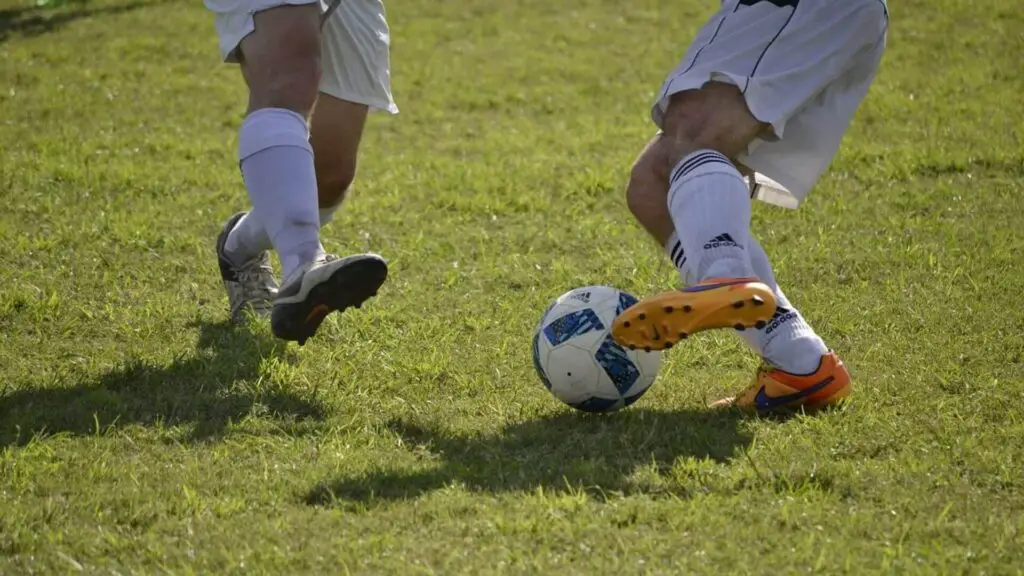
Have you ever seen a striker or midfielder hold the ball and try to humiliate their opponents?
It happens a lot in the soccer world, especially when there’s a classic game. We can see it often during PSG vs OM games, where Neymar and Mbappe constantly try to humiliate Olympic De Marseille players.
C/ For the pleasure of the fans
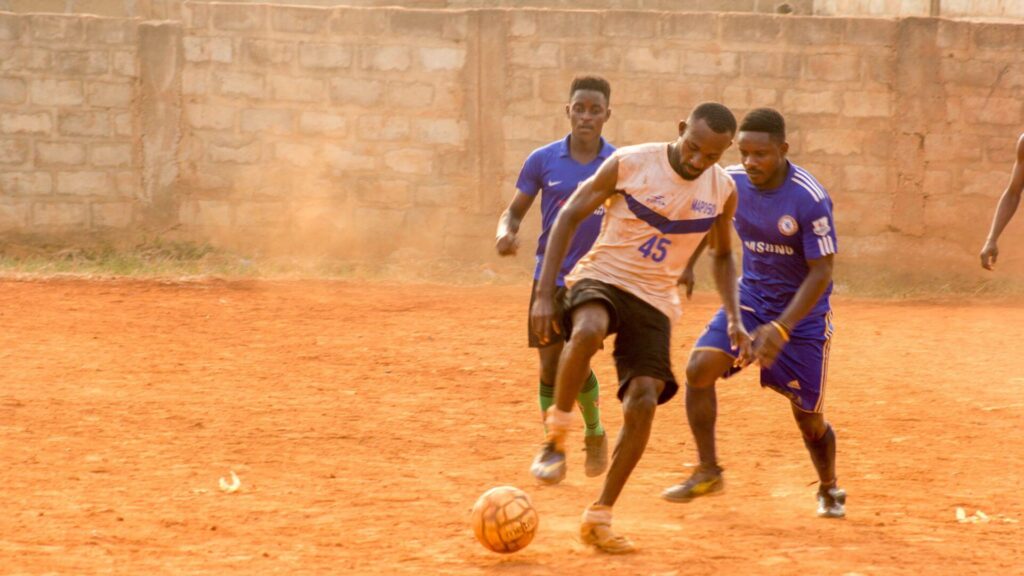
Many soccer fans go to the stadiums to see tricks, skills and techniques from their favourite soccer players. So, it’s very common to see players who have the capacity to dribble hold the ball and do multiple tricks for the fans to enjoy.
Plus, every time a player dribble, the whole stadium go crazy about it. People enjoy seeing these tricks, they like to be entertained.
D/ To create a goal scoring opportunity
This is probably the most important reason for dribbling in soccer.
Most players have the capacity and ability to use their dribbling skills to get rid of one, two or three players and create spaces to finally release the ball to the striker to finish.
Hence it’s always an advantage to have a player who can hold the ball and dribble in a team.
But, why is dribbling important in football/soccer?
What Is The Importance Of Dribbling In Soccer?
Dribbling in soccer offers numerous advantages that can significantly impact a player’s performance and contribute to the team’s success.
So, let’s delve deeper into the specific benefits that this skill provides on the field. Let’s explore some of the key benefits of dribbling in soccer:
1. Maintaining Possession:
Dribbling allows players to maintain control of the ball while manoeuvring through tight spaces and evading opponents. By effectively dribbling, players can keep possession of the ball, preventing the opposition from gaining control and launching counterattacks. This ability to retain the ball provides the team with more opportunities to build attacks and control the pace of the game.
2. Creating Space:
Dribbling can help create space on the field by attracting defenders towards the dribbler. When a player takes on opponents and successfully dribbles past them, it forces defenders to commit, creating gaps and openings in the opposition’s defensive structure. This opens up passing lanes and creates opportunities for teammates to exploit the space created, leading to increased chances of scoring goals.
3. Drawing Defenders:
Skilled dribblers often draw multiple defenders towards them as opponents attempt to close them down and regain possession. This action of drawing defenders towards oneself can create imbalances in the opposing team’s defense, opening up spaces and opportunities for other teammates to make forward runs or find themselves in advantageous positions. Dribbling effectively can force defenders to leave their positions, thereby disrupting their defensive organization.
4. Attracting Fouls and Penalties:
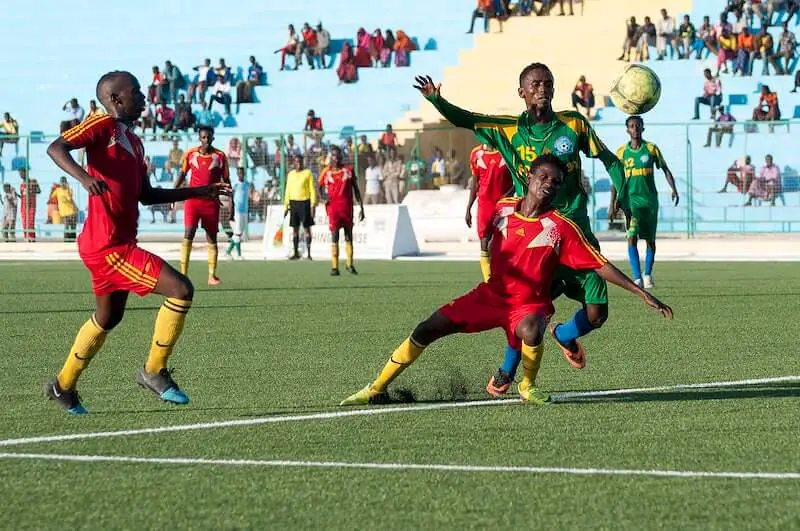
Dribblers who possess quick feet and exceptional close ball control can often entice opponents into making fouls. Defenders, in their attempt to dispossess the dribbler, may resort to reckless challenges or mistimed tackles, resulting in fouls or penalties in favour of the dribbler’s team. This not only provides a chance to score from direct free kicks or penalty kicks but also puts the opposing team at a disadvantage regarding player numbers on the field.
5. Individual Brilliance and Unpredictability:
Dribbling allows players to showcase their individual skills, creativity, and flair. It adds an element of excitement and unpredictability to the game, making it challenging for defenders to anticipate the next move. Skilled dribblers can employ various tricks, feints, and changes of pace to deceive opponents, creating opportunities for themselves or their teammates. The ability to beat opponents one-on-one through dribbling can be a game-changer in tight matches.
6. Time-Wasting and Game Management:
In certain game situations, dribbling can be an effective strategy for time-wasting and game management. When a team is in the lead and wants to run down the clock, skilled dribblers can retain possession by keeping the ball away from opponents. By maintaining control and delaying the game, players can frustrate the opposition and limit their chances of launching a comeback.
Disadvantages Of Dribbling In Football
Although dribbling can have a huge positive impact on a football/soccer game, it can also bring a negative impact.
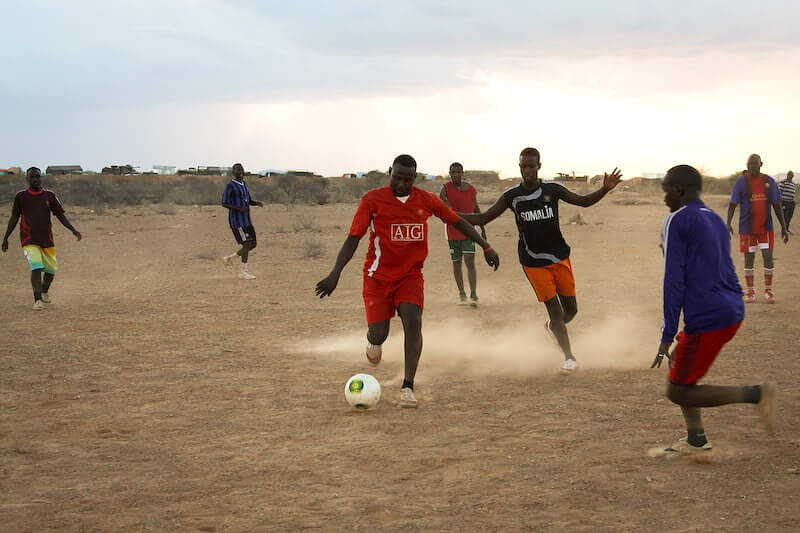
- You can lose the ball while trying to dribble and the opponent will score.
- Your teammate can be in a fantastic position to score and dribbling at this time will be so annoying.
- Dribbling too much during a football game can make your opponent try to hurt you.
- Dribbling can make you humiliate your opponents.
Defensive Aspects of Dribbling
While the previous section focused on the offensive benefits of dribbling, it is equally important to consider the defensive aspects when it comes to this skill in soccer. Effective defending against skilled dribblers can be crucial in thwarting attacks and regaining possession for the defending team. Let’s explore the defensive aspects of dribbling in soccer:
1. Containment and Delay:
Defenders must employ proper containment techniques when facing skilled dribblers. Instead of lunging in for a tackle, defenders often adopt a more patient approach, attempting to delay the dribbler’s progress and force them into less advantageous areas of the field. By maintaining a compact defensive shape and using well-timed movements, defenders can frustrate dribblers, making it harder for them to penetrate the defense.
2. Tackling and Intercepting:
Well-timed tackles and interceptions play a vital role in defending against dribblers. Defenders must be skilled in anticipating the dribbler’s moves, reading their body language, and choosing the opportune moment to make a challenge. Proper technique and timing are essential to dispossess the dribbler cleanly and regain possession for the defending team.
3. Double Teaming and Help Defense:
Dealing with skilled dribblers often requires a collective defensive effort. Defenders can employ double-teaming tactics, where one player puts pressure on the dribbler while another teammate provides support and covers passing lanes. This can make it difficult for the dribbler to find space or make effective decisions. Help defense is also crucial, as defenders communicate and shift their positions to provide cover and support to teammates facing skilled dribblers.
4. Forcing Dribbling Errors:
Skilful defending can disrupt the dribbler’s rhythm and force them into making mistakes. By applying calculated pressure, defenders can limit the dribbler’s options, forcing them to make rushed decisions or errors in their dribbling technique. This can lead to turnovers or allow other defenders to capitalize on the situation and regain possession.
5. Strategic Foul Prevention:
Defenders must be mindful of the risk of committing fouls when dealing with skilled dribblers. While aggressive challenges can be effective, mistimed tackles or overly physical play can result in fouls, penalties, or even yellow or red cards. Defenders must strike a balance between applying pressure and maintaining discipline to avoid giving the dribbler an advantage through free kicks or penalties.
6. Defensive Transition:
When the defending team loses possession to a dribbler, the rest of the team must quickly transition from attacking to defending. Defenders need to adjust their positioning, trackback, and communicate effectively to nullify the threat posed by the dribbler and prevent further penetration. An organized defensive transition can limit the dribbler’s options and force them to face a well-structured defense.
Types of Dribblers
In soccer, there are different types of dribblers, each with their own unique style and characteristics.
Some players rely on their speed and agility to beat opponents with quick bursts of acceleration. They use their explosive pace to leave defenders behind and create scoring opportunities.
On the other hand, there are skilful dribblers who possess exceptional close ball control and intricate footwork. They rely on their ability to manipulate the ball with precision, often using feints, body movements, and quick changes of direction to deceive defenders.
Additionally, there are power dribblers who use their physical strength and body control to shield the ball from opponents, using their size and power to bulldoze through challenges.
These different types of dribblers add variety and excitement to the game, showcasing the diverse skills and approaches players can employ to overcome their opponents.
Dribbling Tactics and Strategies
Dribbling tactics and strategies in soccer play a vital role in breaking down defenses and creating scoring opportunities.
One common strategy is to dribble into open spaces, exploiting gaps left by defenders to advance towards the goal.
Another tactic involves dribbling towards a teammate, drawing opponents towards the dribbler to create openings for a pass. Skilled players may employ feints and changes of pace to deceive defenders and create separation.
Additionally, dribbling can be used as a tool to initiate counterattacks, quickly transitioning from defense to offense by carrying the ball forward with speed.
Dribbling tactics also include recognizing when to retain possession and when to release the ball, ensuring the right balance between individual skill and teamwork.
Successful implementation of dribbling tactics and strategies can significantly impact the flow and outcome of a soccer match.
Dribbling in Different Positions
Dribbling in different positions is a crucial aspect of soccer gameplay.
Each position on the field requires specific dribbling skills and approaches.
Forwards and attacking midfielders often focus on beating defenders one-on-one and creating goal-scoring opportunities through dribbling. They utilize their speed and skill to penetrate opposing defenses and create chances for themselves and their teammates.
Midfielders, both defensive and central, rely on dribbling to maintain possession, break through the opposition’s lines, and initiate attacking plays. They need to have good close ball control and the ability to navigate tight spaces.
Defenders, while not primarily known for their dribbling, still need to possess basic dribbling skills to evade opponents and distribute the ball effectively.
Overall, dribbling in different positions allows players to contribute to the team’s overall strategy and fulfil their specific roles on the field.
What Is Speed Dribbling In Soccer?
Speed dribbling is the process of executing a dribble as fast as possible. This usually occurs when adopting a body position that is designed for speed. Note that speed dribbling doesn’t only include fast tricks with the ball, but it also includes sprinting with a ball and getting rid of your opponents at the same time.
Final Word
Dribbling in soccer can be done for various purposes. But you always have to consider dribbling only when it’s necessary.
This is, of course, to create a chance to score a goal.
Keep in mind that it’s important to dribble only in the other half of the pitch. Dribbling in your own defence can be very dangerous in the event of the loss of the ball.
Do you like to dribble during a soccer game? Let us know in the comment section below.

